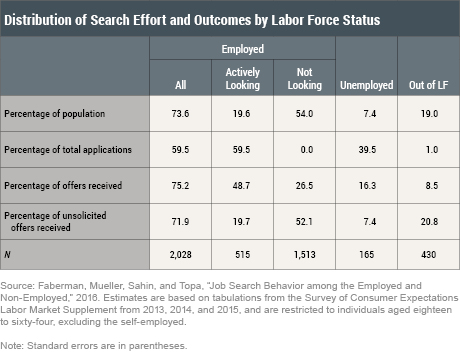Probably not going to get a "Best Boss" mug from the staff any time soon
Sometimes it can be really tough to be the boss. Lots of calls, lots of emails, lots of meetings, and probably lots of people in the organization that want a little piece of your time. They might need some direction, want to get your opinion on something, might need some clarification before taking an action, and sometimes the team just might want a little face time, you know, a little interaction with the boss. Sometimes people feel a little better after getting some 1-1 time with the big kahuna.
So all that can get tiring for the boss. At least at times it can. The boss, too, has things to do. The boss probably has his/her own agenda and priorities on any given day. The boss, sometimes, probably comes into work not in the best mood and maybe does not want to deal with any of this 'other' stuff that was not perfectly slated into their calendar for the day.
So I can kind of get it when once in a while the boss does not really have time for small talk in the elevator or in the hall. Or when, even in a small company, you need about 3.5 weeks advance notice to maybe get 30 minutes on the boss' calendar to day your piece. I get it. I do.
But time management is only one of the dozens of things a successful leader needs to be good at in order to succeed, and while I don't know for sure how to manage time effectively, (I am writing this at 11:30PM so I can attest), I do know that the wrong way for the boss to set expectations for the staff as to his/her availability and accessibility is to do what TV personality Steve Harvey dropped on his organization, (and as described in Mashable).
Take a look at an image of Harvey's set of instructions to his staff that was reportedly sent at the start of the show's most recent season:
Awesome stuff, right?
Don't talk to me under any circumstances unless we have a meeting on the calendar in advance. Don't speak to me in the hall, don't linger outside the elevator, don't 'ambush' me in the makeup room - basically DO NOT APPROACH ME AT ALL.
Love it.
But at least Harvey dropped a 'please don't take offense' at the end of the 14 ways to not talk to Steve Harvey bomb.
That will make it all better.
I actually kind of like some of Harvey's rules. I may try to enact a couple in my life too. And if I do, just please don't take offense.

 Steve
Steve





